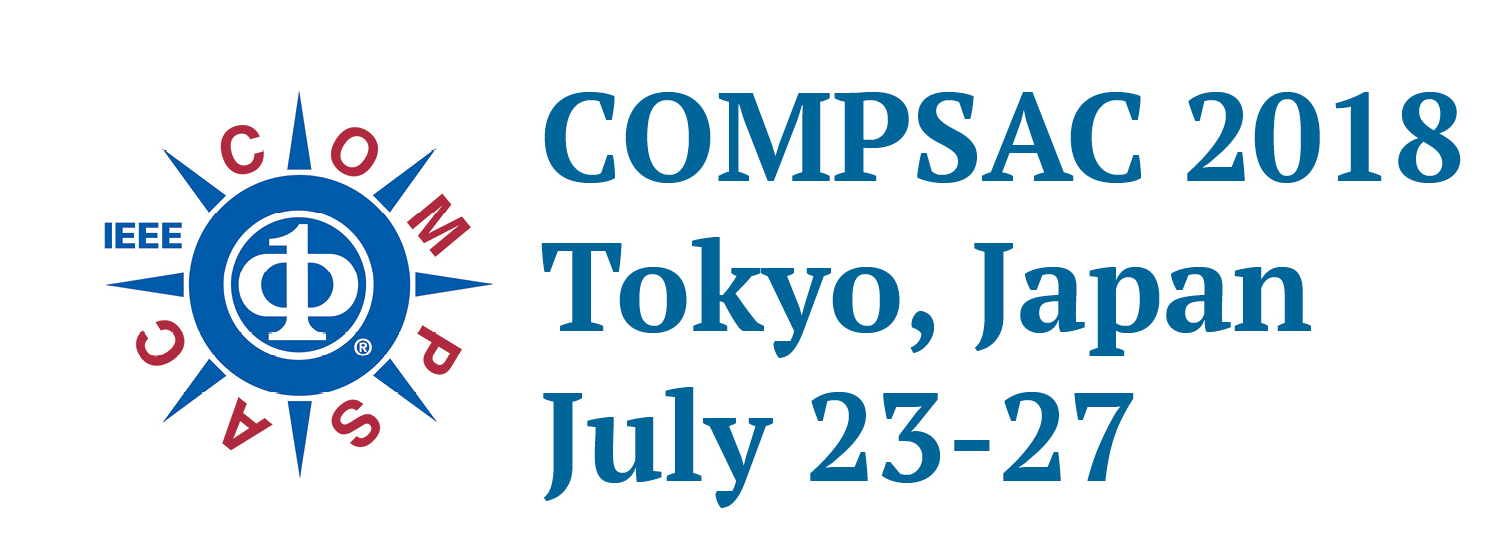 Tokyo Convention & Visitors Bureau, with support from the Tokyo Metropolitan Government, will offer free tours of Tokyo sites to overseas participants at COMPSAC!
Tokyo Convention & Visitors Bureau, with support from the Tokyo Metropolitan Government, will offer free tours of Tokyo sites to overseas participants at COMPSAC!
Tours will be available July 23 from 13:30 – 17:00 and July 27 from 9-12:30 and 13:30 – 17:00. Participants must sign up at the TCVB table near the registration desk. We request that you sign up for only 1 tour to make sure everyone has the opportunity to participate. Tours will be available on a first come / first serve basis.
Tour 1: TOKYO SKYTREE: The capital city’s latest icon, and the world’s tallest broadcasting tower is located in Sumida ward, where Edo culture thrives to this day. The elevator moving at a top speed of 600m per minute will take participants to the glass enclosed 360 degree observation deck at 350m above the ground. The main structure consists of a steel skeleton reinforced by steel frames to double the standard strength. Many of the famous features of the Tokyo cityscape, including Rainbow Bridge in the bay area, and, on a clear day, Mt. Fuji in the distance, can be enjoyed from the observation deck.
Tour 2: River Cruise and Hama-rikyu Gardens: Half-hour boat cruise down the Sumida River travels under some 14 bridges spanning Tokyo’s main river, passing the capital’s famous landmarks along the way. The cruise arrives at its destination, the majestic Hama-rikyu Gardens along the Tokyo Waterfront in Shiodome, where participants can walk around a beautifully preserved garden that the family of the ruling Tokugawa Shogun owned from the 17th to mid-19th centuries and used for hunting with falcons.
Tour 3: Meiji Jingu Shrine and Harajuki Shopping: The Meiji Jingu Shrine is a Shinto shrine, dedicated to Emperor Meiji and his wife Empress Shoken, was established in 1920. Over 100,000 trees were donated by people all over Japan at the time of the shrine’s establishment, creating the expanse of forest and garden that can be seen today. On the first few days of every New Year, more than 3 million people visit Meiji Jingu, making it the most visited shrine in Japan. Meiji Jingu shrine is also the place where Japanese people honor life events, such as births, weddings, and New Year’s celebrations.
Tour 4: Edo-Tokyo Museum and Asakusa: Edo-Tokyo Museum introduces the history and culture of Edo, the ancient name for Tokyo. It also fascinates visitors with stories of the city’s captivating past. You can take a look at a traditional playhouse (theatre), and scenes from everyday life that will transport you back in time to the Edo period (1603-1868). This museum presents visitors with a unique opportunity to compare and contrast old Edo with modern Tokyo, so you can appreciate how Tokyo has transformed over the years.
Asakusa Temple is truly a historical haven in modern Tokyo, a gem of the old Edo period (1603-1868). It is the capital’s most famous and oldest Buddhist temple, founded in 628. The famed entrance gate Kaminari-mon (Thunder Gate) with its huge red lantern is a symbol of Asakusa. The 200m-long street of traditional stalls, which leads from the Kaminari-mon to the temple, is always enjoyed by visitors.
Learn more about touring in Japan from the Japan Nation Tourism Organization.

